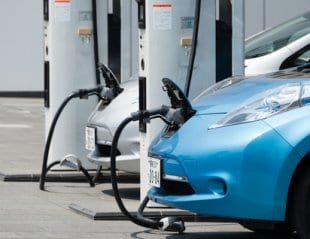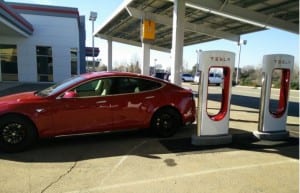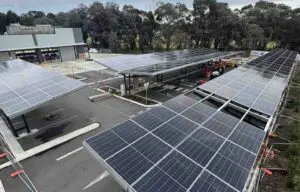The question of how best to manage electric vehicle charging on Australia’s grid – both as a major new power load and as a potentially valuable grid management tool – is being put to industry in a consultation paper from the Energy Security Board.
The paper, published this week, is seeking feedback on how to maximise the “visibility” of electric vehicle supply equipment, or EVSE, as a vital first step to manage both the major opportunities and challenges facing the grid as EV uptake grows.
The ESB says that EV peak load – the electricity demand generated by people and businesses charging their EVs – is forecast to grow from 45MW in 2022 to nearly 4GW by 2035 and more than 8GW in 2050.
This means that, according to the Australian Energy Market Operator’s Integrated System Plan, EV charging loads are forecast to be 9% of total NEM peak demand in 2035 and 15% by 2045.
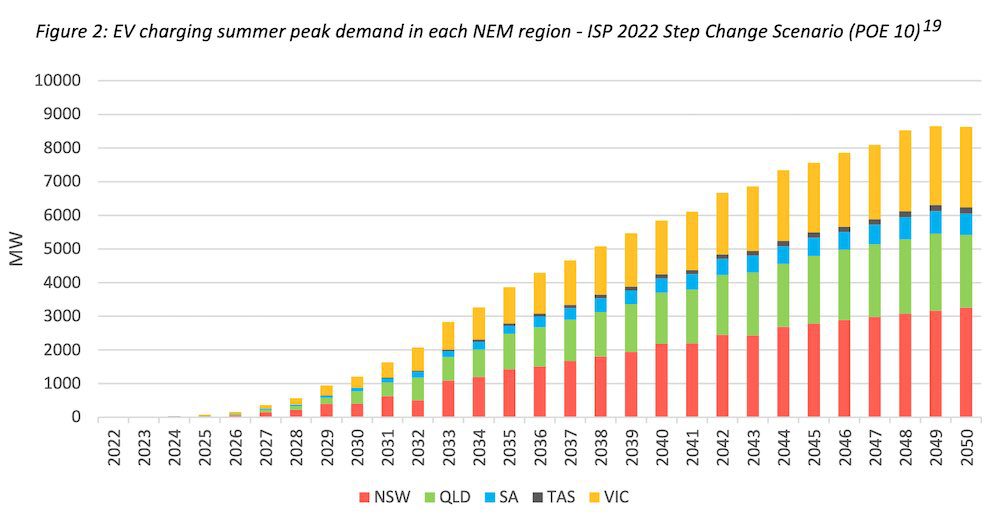
“This easily eclipses electricity consumption associated with any other technology categories within the NEM other than perhaps air-conditioning during peak times,” the paper says.
But while studies and modelling exercises have suggested EV charging may have significant impacts on local electricity networks, this does not mean they will be a “net detriment,” the paper says
Like other consumer energy resources (CER) – rooftop solar, home batteries, hot water systems – EVs can serve as energy storage on wheels, that can be used to support the grid, to power homes during blackouts, or to store excess solar during the middle of the day.
“If managed well, EVs can support electricity network operations, increase network utilisation, potentially reducing network pricing for all network users,” the paper says.
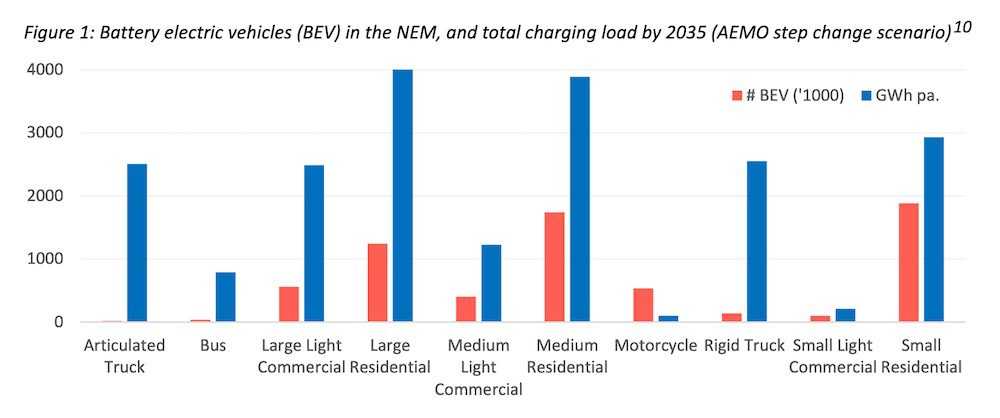
On the other side of the coin, the paper notes that the inherent flexibility of EV charging, relative to other consumer equipment loads, makes them especially important to plan for and control.
“This will be particularly true for the discretionary charging that is most likely to occur in places where the vehicles spend most of their time,” the ESB says.
“Individually and collectively, EV charging load has the potential to change rapidly creating risks at all system levels that need to be managed effectively.”
In this way, the paper says, aggregated EV charging could represent benefits and risks more akin to large-scale generators than traditional ‘inflexible’ load.
What all of this means is that visibility of EV charging is key, and improving visibility means getting as much data as possible on where, how and when people are charging – or will charge, in the future – their electric cars.

The paper says a CSIRO load profile model indicates that for the medium term, at least, charging loads are expected to peak in the early evening – when people plug in after returning home from work.
Alternate modelling from AEMO, on the other hand, shows a smoother profile, incorporating more flexible charging.
But of course, the actual future charging behaviour of a mass market of EV owners is uncertain and a range of eventualities need to be planned for.
However it all unfolds, the ESB says, “EV charging will have a growing impact on generation and transmission planning and investment.
“Better EVSE standing data can support enhancements to aggregate and instantaneous demand estimates, supporting more efficient forecasting and more targeted planning, investment and operational decisions.”
To this end the ESB paper puts forward a rationale and options for capturing standing data for new EVSE installations, for stakeholder feedback.
The ESB invites comments from interested parties in response to this consultation paper by Friday 10 February 2023.

